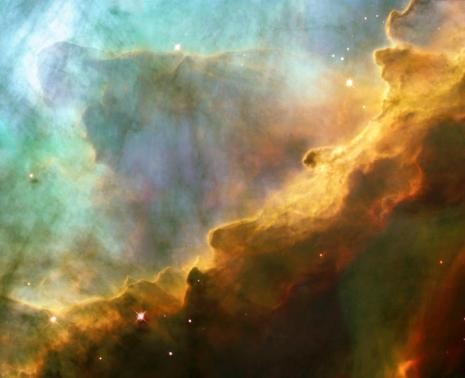NASA confirmed to the Congress that the successor of their Hubble Space Telescope, the James Webb Space Telescope, will be arriving on time after the several cost overruns that almost resulted into halting the space project.
The newer JWST also has several upgrades from NASA's Hubble. For instance, it has a much larger 21-feet primary mirror, compared to the previous 8 feet.
In addition, NASA also made the JWST's telescope collecting area over seven times larger than the Hubble's. It also has a better type of mirror that is unprecedented for space telescopes. There are 18 beryllium panes that can be adjusted one-by-one.
The new mirror from NASA's new space telescope weighs less than the previous one. While the Hubble's conventional ground mirror has a weight of 2,200 lbs., the JWST's beryllium mirror only clocks at 1,375 lbs., according to Extreme Tech.
NASA scientists will be able to study the past space better as the JWST can peer up to 250 million years back in time after the Big Bang.
However, NASA's Webb space telescope is not made for gathering optical wavelengths. Its main feature is infrared spectrum. It can still send out images in different spectrums visible to the human eye.
Despite the confirmation from NASA, the JWST could still be doomed, according to Fierce Government.
The Government Accountability Office published a report on March 24 saying that the JWST can still be delayed if NASA continues to utilize old risk analysis methods and to drain the reserves.
"Maintaining as much schedule reserve as possible during this phase is critical to resolve challenges that will likely surface and negatively impact the schedule," the report reads.






















